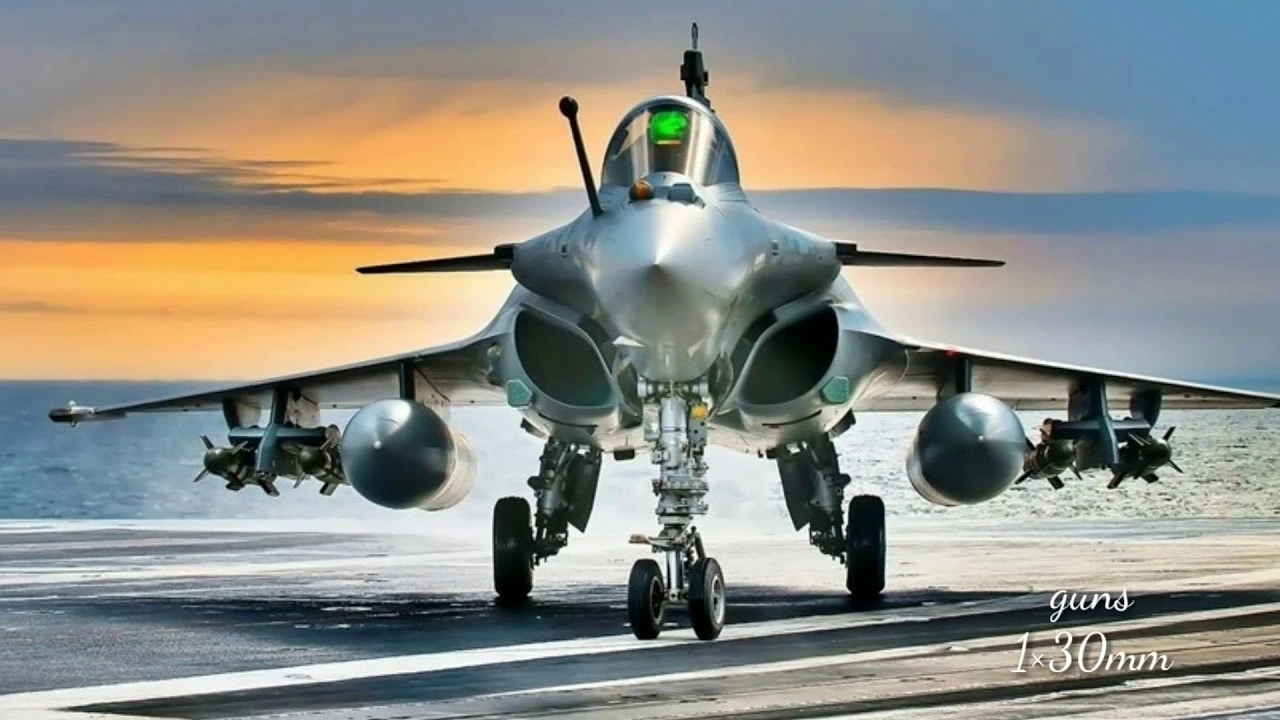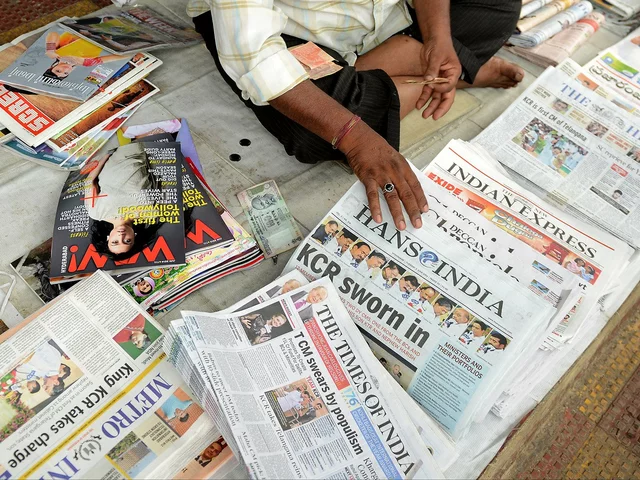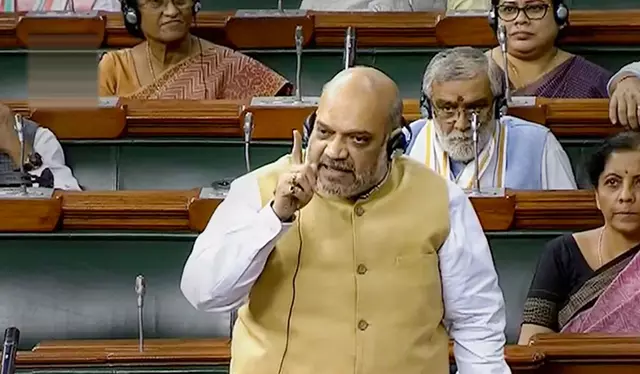India's Air Force – What You Need to Know Right Now
When you hear "India's Air Force" you probably picture fighter jets soaring over the Himalayas or pilots in crisp uniforms. But there’s a lot more under the surface – from the planes that keep the skies safe to the people making daily decisions. Let’s break it down in plain language so you can stay informed without getting lost in jargon.
Current Fleet and Capabilities
The Indian Air Force (IAF) operates a mix of older workhorses and brand‑new machines. The backbone is the Sukhoi Su‑30MKI, a twin‑engine fighter that can carry air‑to‑air missiles, ground‑attack bombs, and even electronic warfare pods. The Mirage 2000 and Jaguar series handle specific strike roles, while the MiG‑21, though aging, still flies training missions.
On the newer side, the HAL Tejas, India’s indigenously built light combat aircraft, is now fully operational in multiple squadrons. The IAF also flies the Rafale, a French multi‑role fighter bought to boost air superiority in the last few years. These jets give the force a modern edge for both defensive patrols and quick reaction alerts.
Transport and support aircraft are just as important. The C‑130J Hercules moves troops and cargo across the country, and the Airbus A‑321 LRM‑AICA provides long‑range air‑lift for humanitarian missions. For early warning, the IAF runs AWACS platforms that spot incoming threats well before they reach Indian airspace.
Future Plans and Modernization
Looking ahead, the IAF has a clear roadmap. The biggest headline is the push for a fifth‑generation stealth fighter – the indigenous AMCA (Advanced Medium Combat Aircraft). It’s still in development, but the goal is to have a home‑grown stealth jet that can match global peers.
Another big project is the acquisition of more Rafale fighters and a possible deal for Boeing’s F‑15EX, which would add heavy payload capability. The IAF is also expanding its drone fleet, using both combat UAVs and high‑altitude surveillance platforms to keep eyes on the border.
Modernization isn’t just about aircraft. The force is upgrading its radar network, integrating network‑centric warfare tools, and training pilots with simulators that mimic real‑world combat scenarios. These upgrades aim to cut response times and improve decision‑making in fast‑moving situations.
Why does all this matter to you? A strong IAF protects national security, supports disaster relief, and contributes to peacekeeping missions abroad. When you hear about a new aircraft rollout or a joint exercise with another country, it’s a sign that India is staying ready for any challenge.
So whether you’re a student, a defense enthusiast, or just curious about how India guards its skies, keep an eye on official IAF releases, reputable news outlets, and specialist forums. That way you’ll get accurate updates without the noise.
In short, India’s Air Force blends proven workhorses with cutting‑edge tech, and it’s moving fast toward a more self‑reliant future. Stay tuned – the next big story could be a new aircraft taking off from a runway you’ve never heard of, but it will shape the safety of the entire region.





